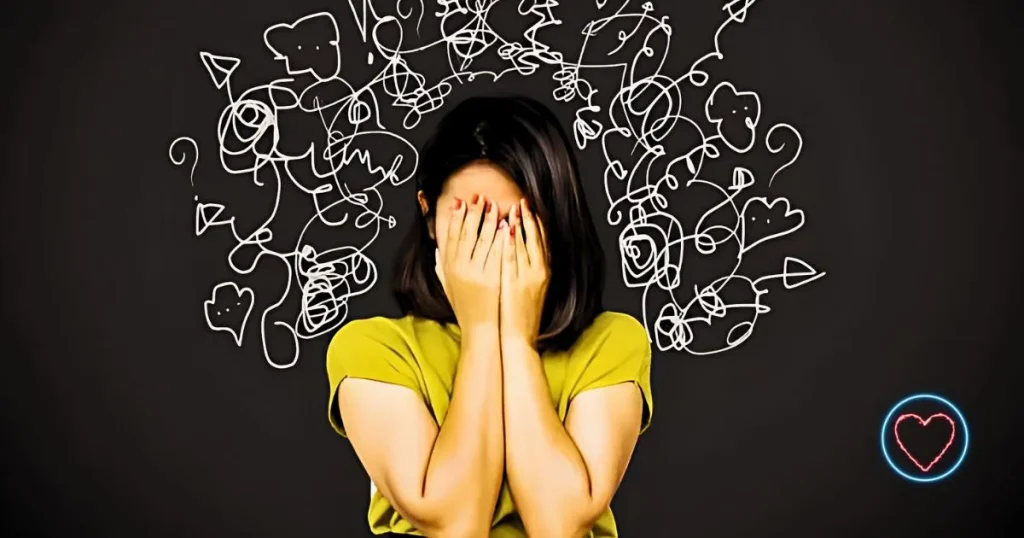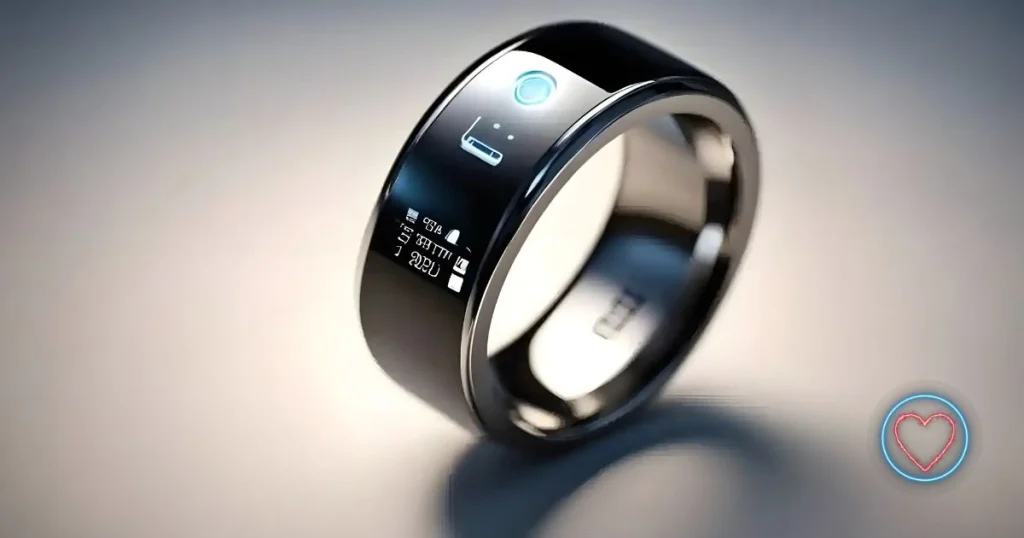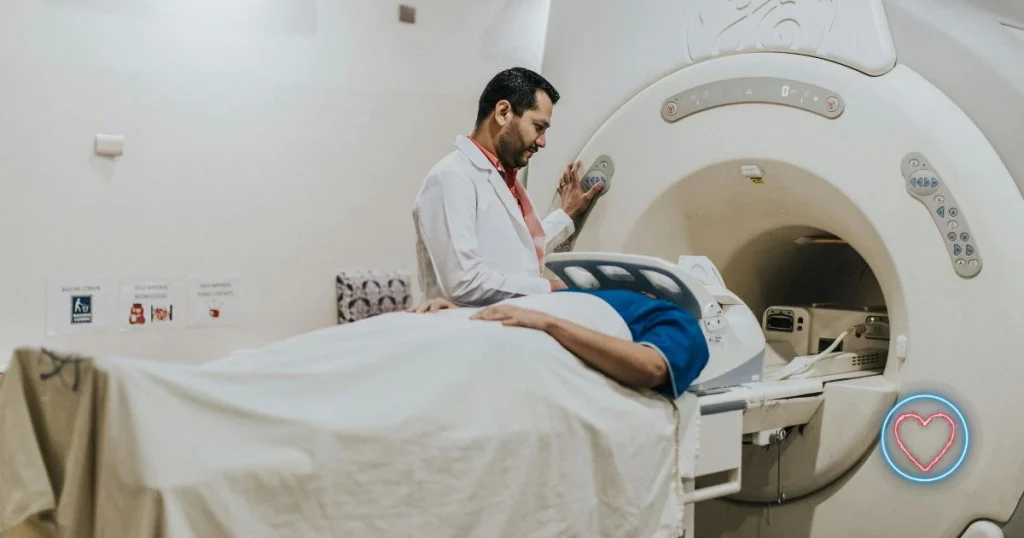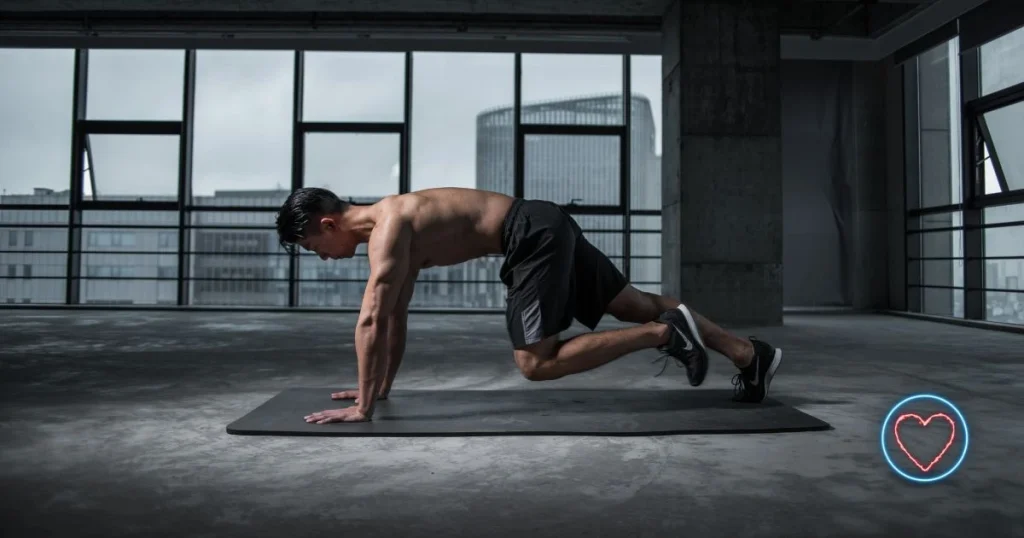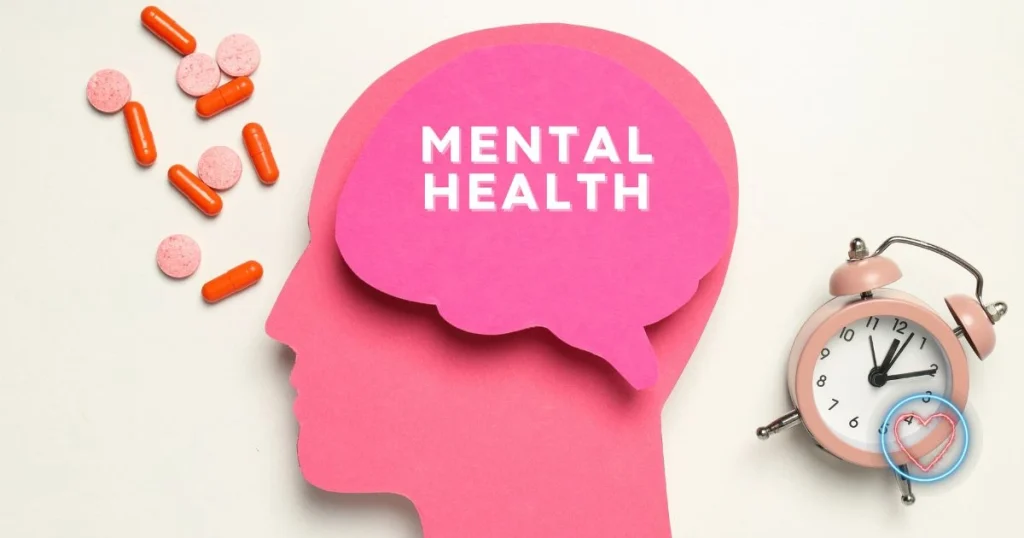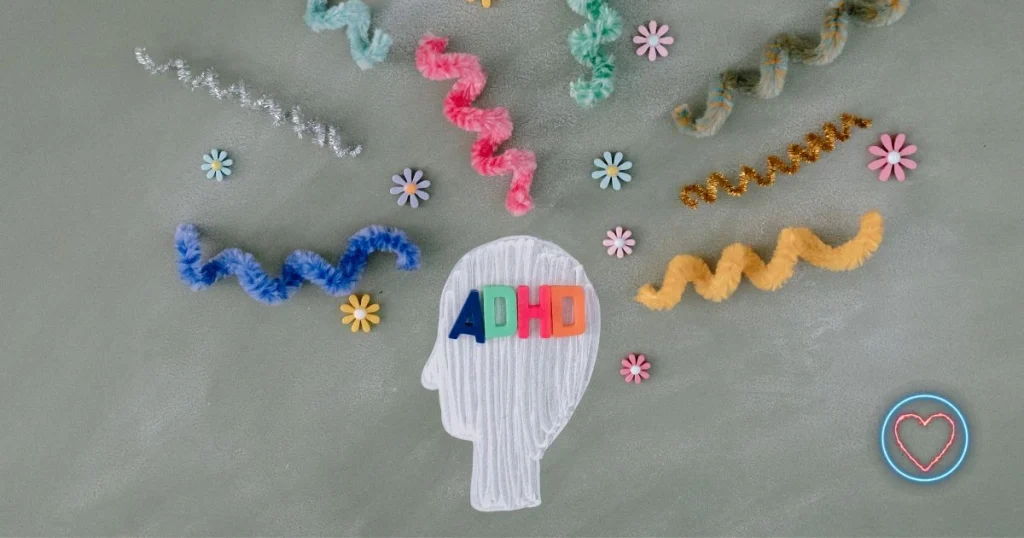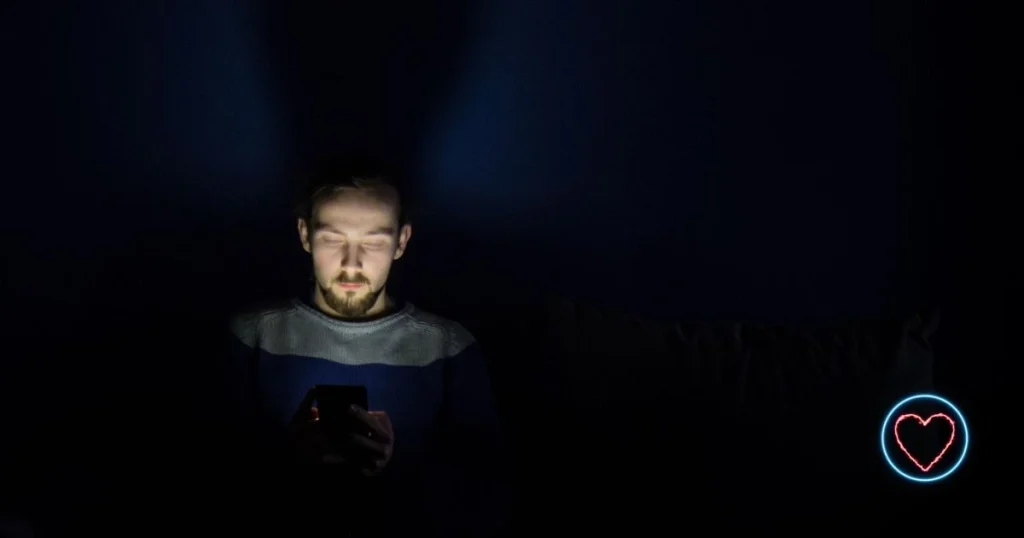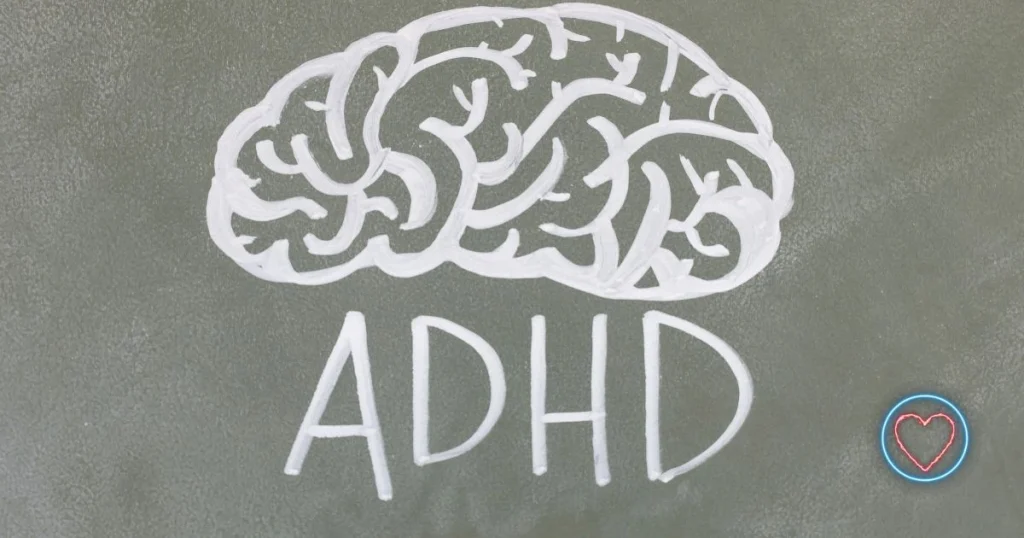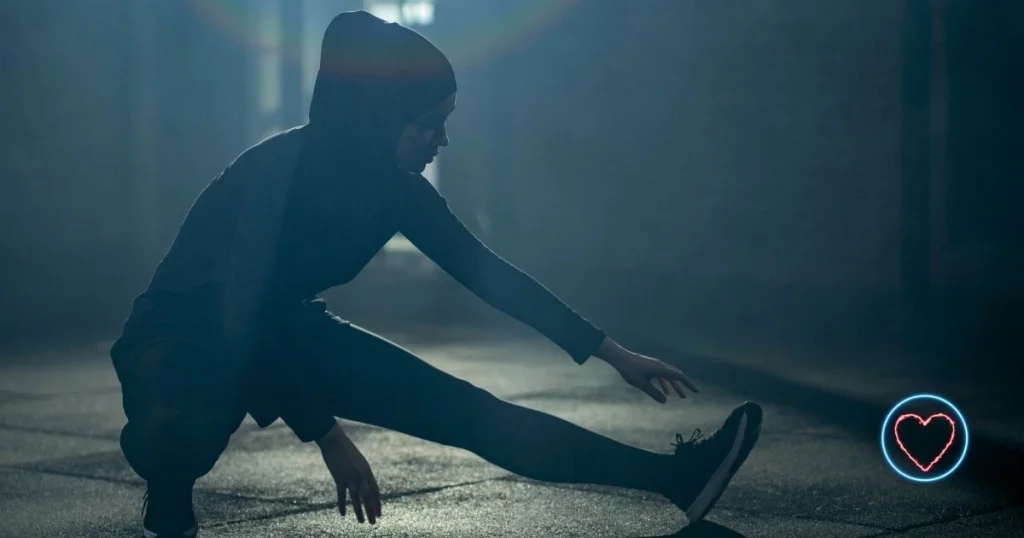In today’s fast-moving world, the conversation around mental health has grown louder. But beneath the surface of hashtags, wellness slogans, and curated self-care routines, something far more disturbing is happening: a silent anxiety epidemic is spreading. Millions of people are breaking behind closed doors — privately drowning in waves of fear, uncertainty, and emotional exhaustion while projecting the image of stability and success.
Unlike visible illnesses, anxiety often hides in plain sight. The person who appears composed at work, the friend who seems fine during brunch, or the neighbor who always smiles — many suffer quietly, locked in private battles that few ever see.
This is not just another modern inconvenience; it’s one of the most urgent and misunderstood mental health crises of our time.
The New Face of Anxiety
Anxiety has always existed, but its modern form has evolved dramatically. No longer limited to acute panic attacks or chronic disorders, anxiety now manifests in subtler, insidious ways. High-functioning anxiety, in particular, has become disturbingly common.
Those with high-functioning anxiety often:
- Overachieve to mask internal panic.
- Obsess over perfection.
- Constantly second-guess themselves.
- Experience racing thoughts at night.
- Appear “fine” to the outside world while suffering internally.
They continue to work, socialize, and maintain outward responsibilities, making their struggles invisible. In many cases, their very ability to function becomes a mask that hides the severity of their distress.
The Role of Modern Life: A Perfect Storm
Several powerful cultural and technological forces have created a perfect storm for anxiety to thrive silently:
1. Social Media Pressure
Platforms like Instagram, TikTok, and Facebook fuel endless comparison. Every scroll delivers highly curated snapshots of other people’s “perfect” lives — from exotic vacations to seemingly effortless relationships and career wins.
The subconscious message is clear: you are always falling short.
Even when people logically understand that these images aren’t reality, the emotional impact remains. This constant exposure fuels feelings of inadequacy, fear of missing out (FOMO), and existential anxiety.
2. The Hustle Culture Trap
Modern society glorifies constant productivity. Hustle culture celebrates working long hours, sacrificing rest, and defining worth by accomplishments.
The pressure to always be grinding leaves little room for rest or mental recovery. As people chase unrealistic standards, they quietly develop chronic anxiety — terrified that any slowdown equals failure.
3. Economic Instability
Financial insecurity, rising costs of living, student debt, housing crises, and job instability all fuel anxiety. The constant worry over money adds an unrelenting layer of stress that simmers quietly in millions of households.
Even for those with stable jobs, the fear of losing income or falling behind adds ongoing mental strain.
4. Information Overload
We live in the most connected era in human history. News updates, breaking alerts, and catastrophic headlines pour in 24/7, keeping many locked in a state of low-grade panic.
The brain struggles to process constant exposure to negativity, disasters, and global threats. This heightened state of alert feeds generalized anxiety, even when individuals are not directly impacted by the events they read about.
Breaking Behind Closed Doors: The Hidden Symptoms
Because anxiety can remain hidden, many sufferers fail to recognize the severity of their own distress. They minimize their struggles, convincing themselves that it’s “normal” to feel this way.
Common hidden symptoms include:
- Chronic insomnia or restless sleep.
- Digestive issues tied to nervous system overload.
- Frequent headaches or muscle tension.
- Irritability and sudden mood swings.
- Constant worry about the future.
- Avoidance of certain people, places, or situations.
- Emotional numbness or detachment.
Over time, these symptoms erode both physical health and emotional well-being. Many continue functioning outwardly, but their internal world slowly deteriorates.
The Stigma of “Having It All”
One of the most painful aspects of silent anxiety is the guilt that often accompanies it. Those who appear successful, healthy, or privileged may feel they have no right to struggle.
Phrases like:
- “You have nothing to complain about.”
- “Other people have it worse.”
- “You’re lucky compared to most.”
…compound feelings of shame. This narrative discourages people from seeking help, fearing they’ll be judged as ungrateful or weak.
As a result, millions suffer in silence, telling themselves they should be able to “handle it” alone.
The Gender Factor: Women and Silent Anxiety
While anxiety affects people of all genders, women often face unique pressures that amplify silent suffering. Many juggle multiple roles — caregiver, professional, partner, friend — while absorbing societal expectations of perfection.
Women are often conditioned to:
- Prioritize others’ needs.
- Minimize personal struggles.
- Avoid appearing “emotional” or “unstable.”
- Suppress anger or frustration.
This emotional labor leaves many women secretly overwhelmed while publicly maintaining the appearance of strength.
Men and The Hidden Crisis
Men, too, face their own form of silent anxiety. Cultural norms often discourage men from expressing vulnerability, leading many to:
- Internalize fear and stress.
- Cope through substance use or risky behaviors.
- Mask anxiety with anger or withdrawal.
The result is an epidemic of undiagnosed and untreated anxiety disorders in men, who may feel pressure to remain stoic at all costs.
Why Professional Help Feels Out of Reach
Even as awareness of mental health increases, significant barriers remain:
- Cost: Therapy and medication can be prohibitively expensive.
- Access: In many regions, mental health professionals are in short supply.
- Stigma: Fear of judgment prevents many from seeking treatment.
- Denial: High-functioning individuals may downplay their symptoms, believing they’re not “sick enough” for therapy.
These barriers contribute to the silent nature of the epidemic. People avoid help until they reach a breaking point — or never seek help at all.
The Body Keeps the Score
The longer anxiety remains untreated, the more damage it does — not just mentally but physically. Chronic anxiety keeps the body’s stress response activated, contributing to:
- Heart disease
- Weakened immune function
- High blood pressure
- Gastrointestinal issues
- Chronic fatigue
The mind may suppress anxiety’s emotional symptoms, but the body cannot escape its effects.
A Vicious Cycle
Silent anxiety often feeds itself in cycles:
- Feel anxious.
- Hide symptoms.
- Experience shame for struggling.
- Increase anxiety because of the shame.
- Repeat.
Breaking this cycle requires immense courage — and often, external support.
What’s Fueling the Silence?
Several psychological factors keep the anxiety epidemic underground:
- Perfectionism: Fear of appearing weak or flawed.
- Fear of judgment: Worry about how others will perceive their struggles.
- Normalization: Belief that “everyone feels this way” minimizes individual suffering.
- Lack of emotional vocabulary: Many people struggle to articulate their emotional experiences, especially if they were never taught to process feelings.
The Role of Technology in the Epidemic
Ironically, while technology has amplified anxiety, it also plays a role in keeping people silent:
- Digital personas: Social media profiles allow people to curate perfect lives, making it harder to admit imperfection.
- Doomscrolling: Constant exposure to negative news keeps people in chronic fear.
- Isolation: Virtual connections sometimes replace deep, face-to-face conversations where people might otherwise open up.
Signs You’re Suffering in Silence
You may be part of the silent anxiety epidemic if:
- You often feel overwhelmed but dismiss it as “normal.”
- You avoid talking about your stress with others.
- You fear judgment if you admit you’re struggling.
- You maintain outward appearances while privately falling apart.
- You experience physical symptoms but can’t pinpoint a medical cause.
Recognizing these signs is the first step toward breaking free.
Solutions: How to Start Breaking the Silence
Though this epidemic is widespread, recovery is possible. Consider the following steps:
1. Acknowledge the Struggle
Admit that you’re not fine. This simple act is often the hardest but most powerful first step.
2. Talk to Someone
Whether it’s a friend, family member, therapist, or support group — speaking your truth helps release the weight of secrecy.
3. Challenge Perfectionism
Give yourself permission to be imperfect. Replace self-criticism with self-compassion.
4. Set Boundaries with Information
Limit news consumption, unfollow toxic social media accounts, and create digital detox periods.
5. Prioritize Rest
Reject hustle culture’s demand for constant productivity. Allow yourself meaningful rest and recovery.
6. Seek Professional Help
Therapists, counselors, and support groups offer tools and perspectives you may not reach alone.
The Cultural Shift We Desperately Need
Ending the silent anxiety epidemic requires more than individual effort; it demands a cultural transformation. We must:
- Normalize conversations about anxiety without judgment.
- Create workplaces that value mental health as much as productivity.
- Improve access to affordable, high-quality mental healthcare.
- Teach emotional intelligence and coping skills from childhood.
Only by removing shame and secrecy can we dismantle the epidemic’s grip.
Conclusion: Breaking the Silence, Saving Lives
Anxiety thrives in secrecy. As long as people believe they must suffer quietly, the epidemic will continue to grow.
But when we normalize imperfection, embrace vulnerability, and create safe spaces for honest conversations, we chip away at anxiety’s power.
The silent anxiety epidemic may be one of the defining mental health crises of our generation — but it doesn’t have to be our legacy.
